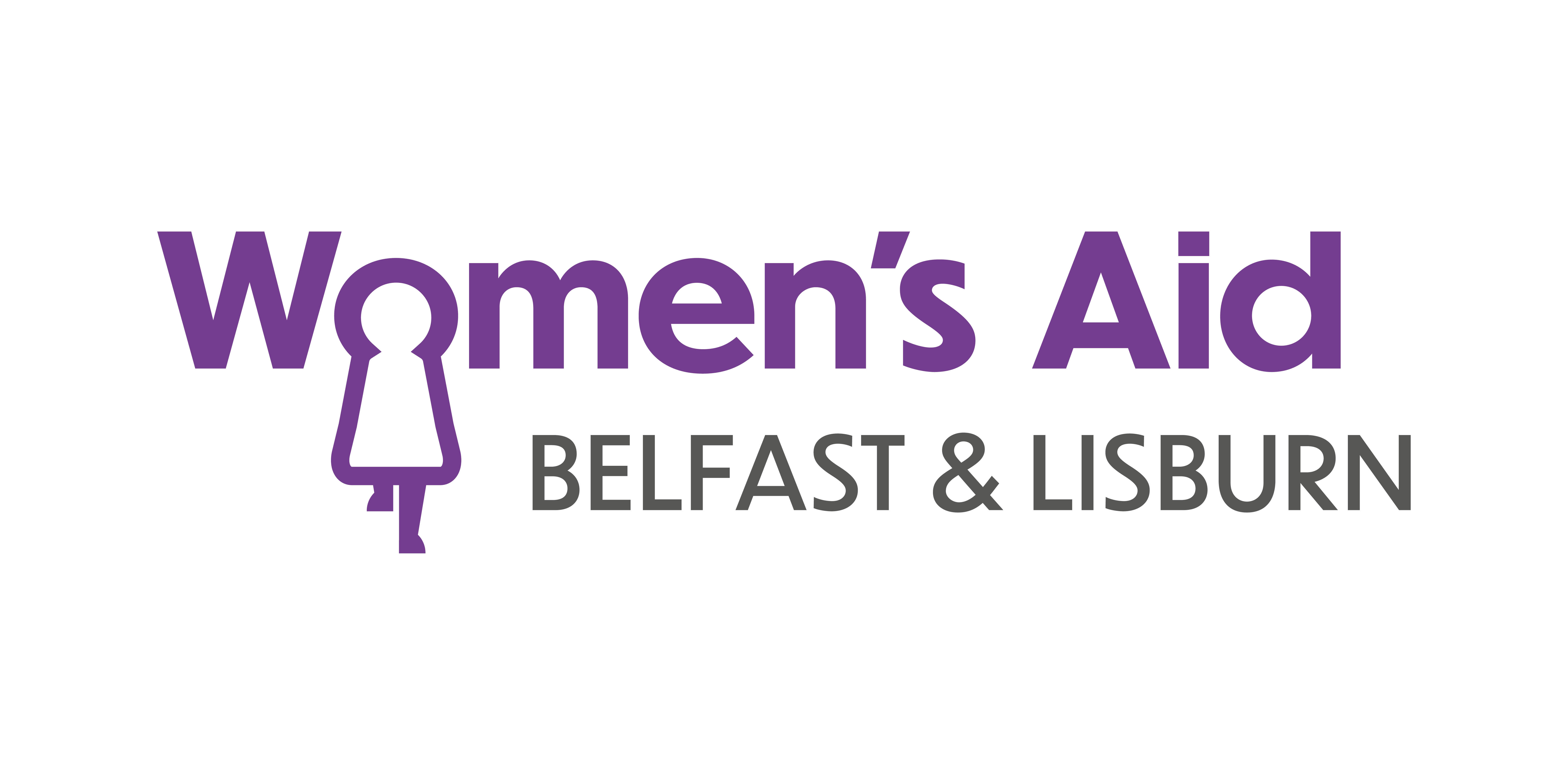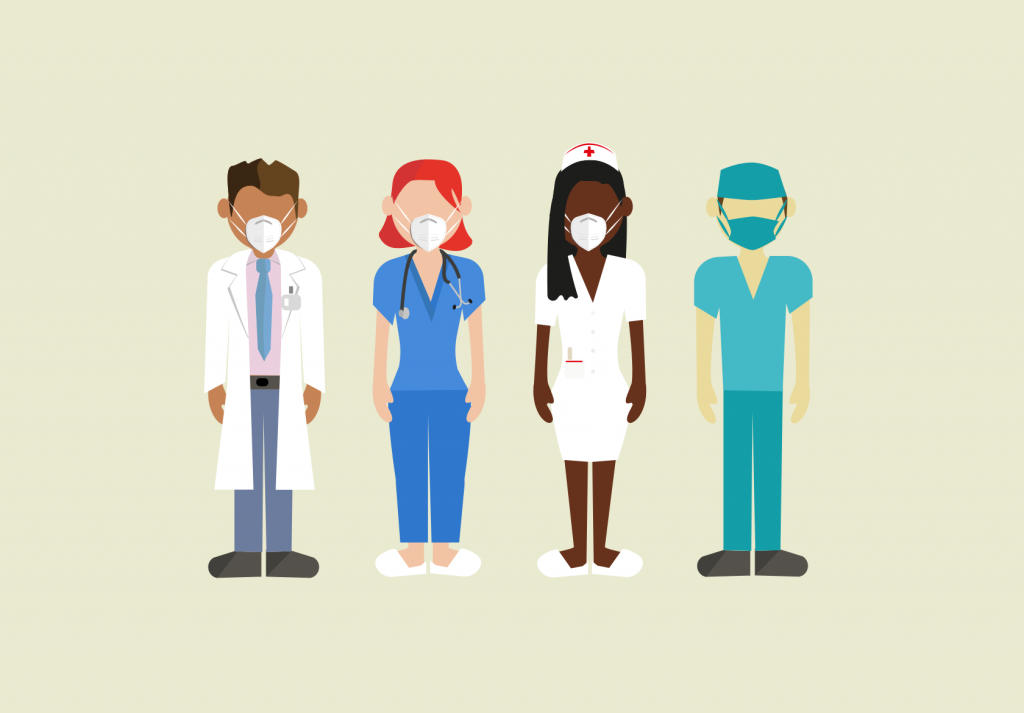Resources for healthcare professionals
Domestic violence and abuse is a healthcare issue.
It affects both women and children, causing both short and long-term health effects. Research shows that “intimate partner violence is common, costly, and associated with increased morbidity and mortality” (Miller and Brigid, 2020).
The healthcare system has the opportunity to identify, intervene and assist with recovery for victims of domestic violence and abuse.
Miller, E. and McCaw, B. “Intimate Partner Violence”, 2019, Available here.
You can find downloadable resources for healthcare professionals at the bottom of this page.
Costs to the NHS
The estimated costs for the NHS to care for those that have experienced physical injuries due to domestic violence is £1,208,504 (Walby, 2004). This includes costs for hospital and ambulance services, GP visits, prescriptions and wages for GPs.
The serious wounding is estimated to cost £9,190 per woman (Walby, 2004). The use of mental health services for women who have suffered domestic violence is estimated to total £176 million (Walby, 2004). Walby, S. “The Cost of Domestic Violence”, 2004, Available here.
Medical impact and frequency
Domestic violence is the leading preventable contributor to death, when compared to that of disability and illness for women aged 15-44 (Dowrick, et al., 2018).
Medical practices must be aware that 33% of women visiting their GP have experienced some form of domestic violence in a current or past relationship (Victoria Health Promotion Foundation, 2020).
We know that intimate partner violence has wide-ranging persistent outcomes on women’s physical and mental health. It is responsible for more of the disease burden than many of the well-known health conditions such as high blood pressure, smoking and obesity.
Dowrick, A., Sohal, A., Kelly, M. “Domestic violence: Safe and compassionate consultations”, 2019, Available here.
Victoria Health Promotion Foundation, “The health costs of violence: Measuring the burden of disease caused by intimate partner violence”, 2010, Available here.
Signs and symptoms
Signs and symptoms of domestic violence and abuse can be obvious or subtle.
– Depression or anxiety
– Post traumatic stress disorder, sleep disorders
– Suicidal tendencies or self-harming
– Alcohol, drug or RX misuse
– Unexplained chronic gastrointestinal symptoms
– Unexplained gynaecological symptoms, including pelvic pain and sexual dysfunction
– Genitourinary symptoms, including frequent bladder or kidney functions
– Vaginal bleeding or sexually transmitted infections
– Chronic unexplained pain
– Traumatic injury, particularly if repeated and with vague or implausible explanations
– Problems with the central nervous system: headaches, cognitive problems, hearing loss
– Repeated health consultations with no clear diagnosis: describe themselves as ‘accident prone’ ‘silly’
Patients may present with undifferentiated illness or injuries with inconsistent explanations.
National Institute for Health and Care Excellence, “Guidelines on Domestic violence and abuse”, 2016, Available here.
Adverse reproductive outcomes
Pregnancy can be a particularly dangerous time for women experiencing domestic abuse as 30% of domestic abuse begins or escalates during pregnancy.
This can cause multiple unintended pregnancies, terminations or miscarriages. This can also lead to higher levels of low birth weight, perinatal depression, anxiety and PTSD.
The most serious outcomes are death of the mother and/or baby. Board of Science, “Domestic Abuse”, 2014, Available here.
Downloadable resources
Below are a range of resources for healthcare professionals to download. You can use these to help you manage, understand and respond to patients experiencing domestic abuse, the impact on their families, as well as understanding the societal backdrop which perpetuates domestic abuse.


